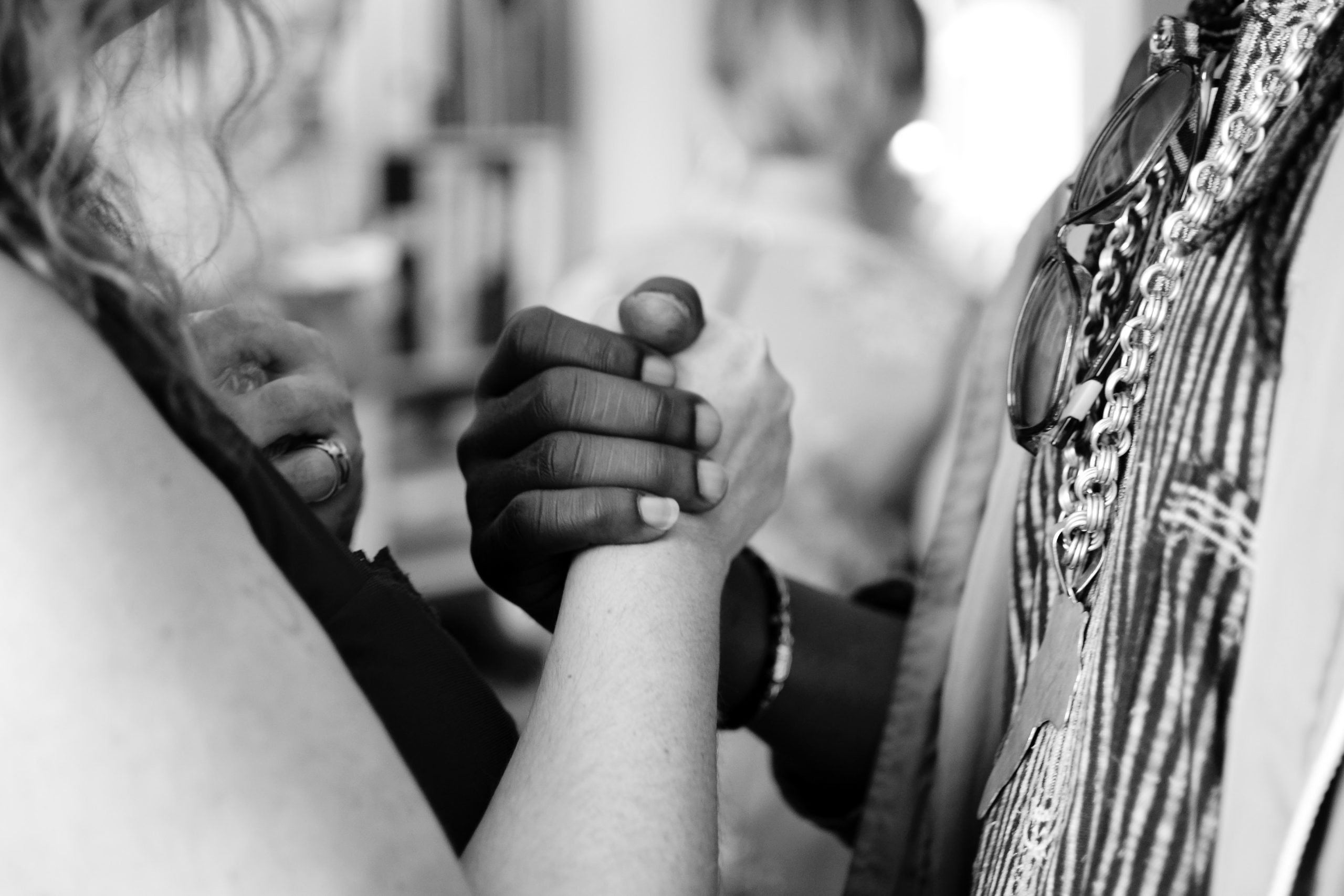
The infusion of significant resources by companies to create more community-focused diversity, equity and inclusion (DEI) initiatives is one of the silver linings during this unsettling time. However, architecting initiatives that help advance DEI goals and create opportunities for under-represented people and communities is not new for many companies. In fact, this has been a focus for corporate social impact professionals for decades. Now is a perfect time to take current initiatives to new levels to increase reach and impact.
Through my corporate consulting, teaching, and research, I am seeing lots of positive energy focused on questions such as “How can we align our social impact and community investment efforts with our DEI strategies?” “How do our social impact programs support underserved communities, reach and support people of color, and address opportunity gaps?” “Where can social impact and community relations leaders add the most value to DEI strategy development?” “Where can we demonstrate our commitment to address racism?”
Executives and social impact leaders are facing more pressure than ever to take action. While, it is always great to see big dollars going to important organizations such as the NAACP, UNCF, and the National Urban League; thoughtful written letters from CEOs sharing their personal corporate perspectives; and the delivery of more diversity trainings, if these efforts are not built into a longer-term strategy, they can come across as “check the box” proof points, rather than part of a broader approach aimed at driving tangible change.
We need to acknowledge that developing an authentic, long-term, and integrated DEI and social impact strategy must be an ongoing priority and woven throughout the business. This takes time. And, it requires cross-functional collaboration, issue expert engagement, intentional processes, active listening, empathy, and lots of patience. Leaders need to be genuine and identify strategies that align a range of internal and external DEI-related practices. Here are some ways to get started:
Assess Your Current Community Efforts for DEI Alignment
Start by identifying and analyzing how your company already invests in community partnerships and programs that support diverse populations including BIPOC, people with abilities, LGBTQIA+, English language learners, among others. Dive deeper to better understand the needs of your beneficiaries and any pertinent data. Determine if your company is rallying behind equitable and inclusive approaches that help people advance – whether it be within education, health, workforce development or other social issues. Through this analysis, you will likely discover programs, partnerships, and other assets that can be further aligned with your DEI strategy. However, if you conclude that your company’s DEI practices and goals are not relevant to the existing community investments you are making, then it is time to consider re-engineering and/or developing additional social impact efforts.
Engage Your Employee Resource Groups
Your employees have a lot to offer to inform your DEI and social impact efforts. Embrace Employee Resource Groups (ERGs) as they can bring personal and professional insights to help evolve your strategies. These groups usually are already actively engaged in community activities, volunteerism and advocacy associated with DEI. No matter the social issue or beneficiary you focus on, invite diverse ERGs to help with research and share ideas. It is important to not make assumptions about which ERG can be the most helpful—embrace a collective group of employees considering various approaches such as 1-1 dialogue, focus groups, and surveys.
Remain Open-Minded and Curious
DEI includes a complex and emotional set of topics. Being open to listening and learning with robust dialogue requires each of us to let down our guard and often be less comfortable. Creating safe environments to have conversations about DEI issues with employees, community partners, and customers is extremely important. We frequently apply Design Thinking methodologies and empathy building processes into our work to help people come together and better understand one another. My clients who stay curious, continuously listen, and seek to build their knowledge within areas that are less known to them are the ones who become the most successful DEI leaders.
Wherever your strategy lands, be sure to test, learn and scale, versus rushing to do something too big, too fast. You may need to invest in some short-term moves, but remember the long-term commitments are what will deliver social change. It’s time to further embrace the power of intentional DEI strategy woven into social impact work.
Onward with positivity!
